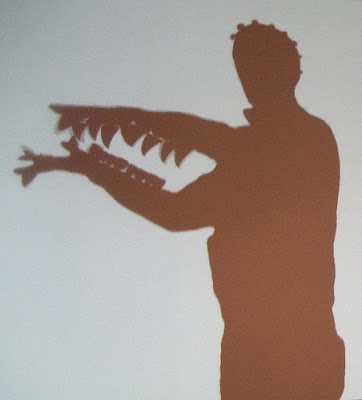1.
Business type?
2.
100% of businesses use security.
3.
50% of these businesses use security as a deterrent.
28% of them use their security as protection for their businesses.
11% of them use their security to stop crime.
11% of them are unsure what the role of security is.
4.
44% of businesses have never had criminal activity on their premises.
56% of businesses have had some type of criminal activity on their premises.
Of the businesses that have had criminal activity on their premises
20% shoplifting
40% vandalism
50% theft
50% forced entry
5.
78% of businesses believed their security had performed it job well.
22% of businesses believed their security had performed poorly.
Of those businesses that have had criminal activities on their premises
60% believed the security performed well
40% believed the security performed poor
6.
94% of businesses are not aware of any other ways of securing their business other than using conventional security products
6% of businesses are aware of other ways of securing their business.

















































